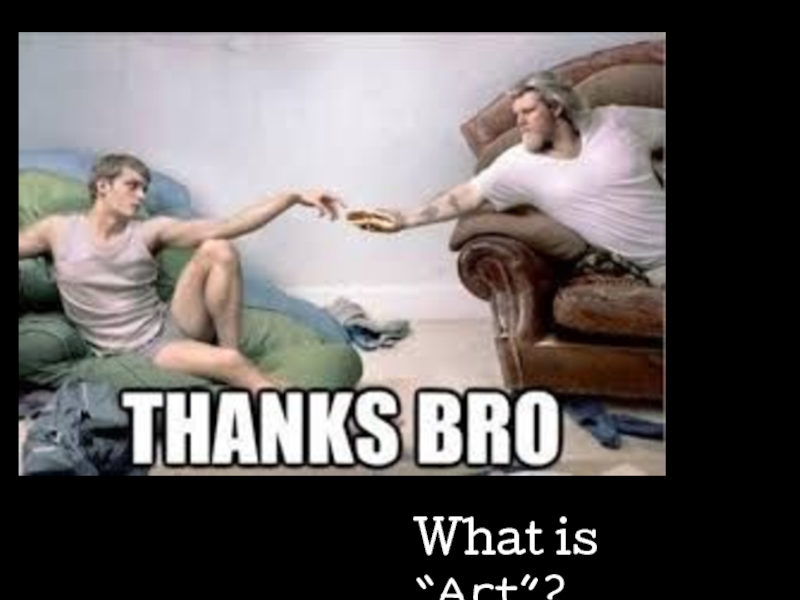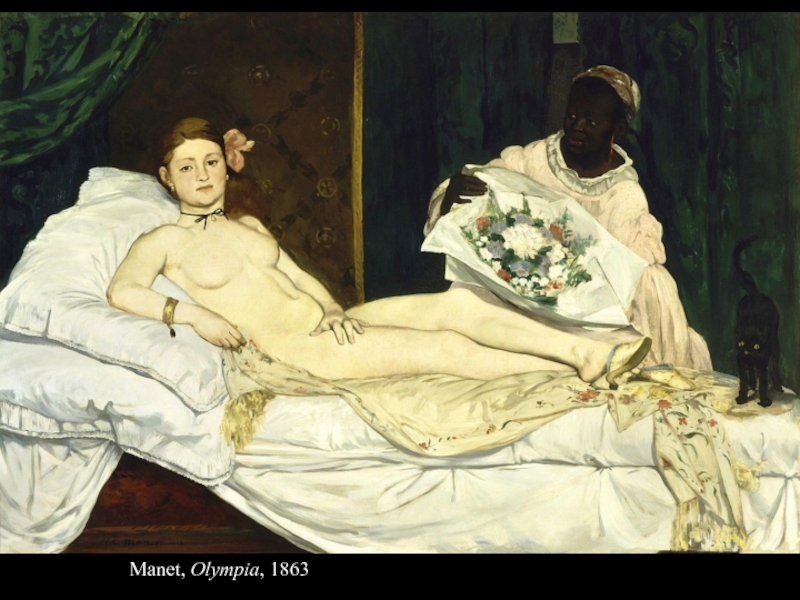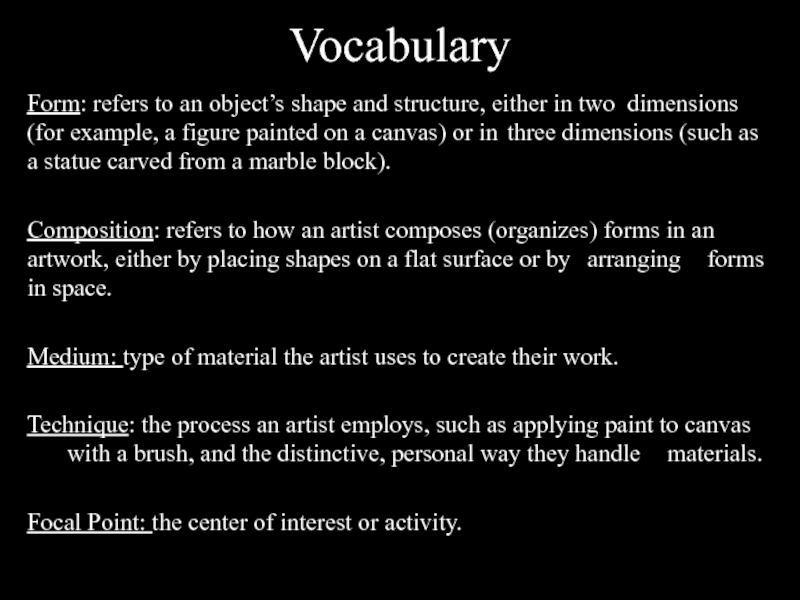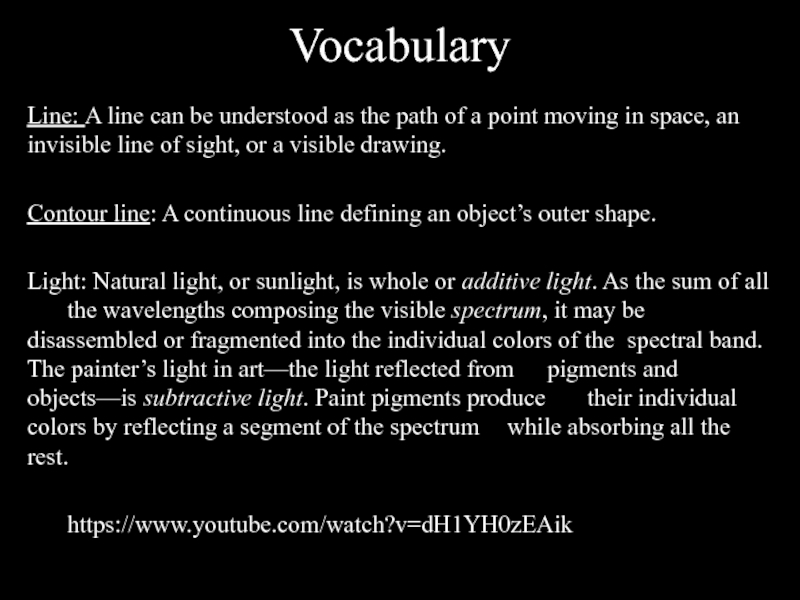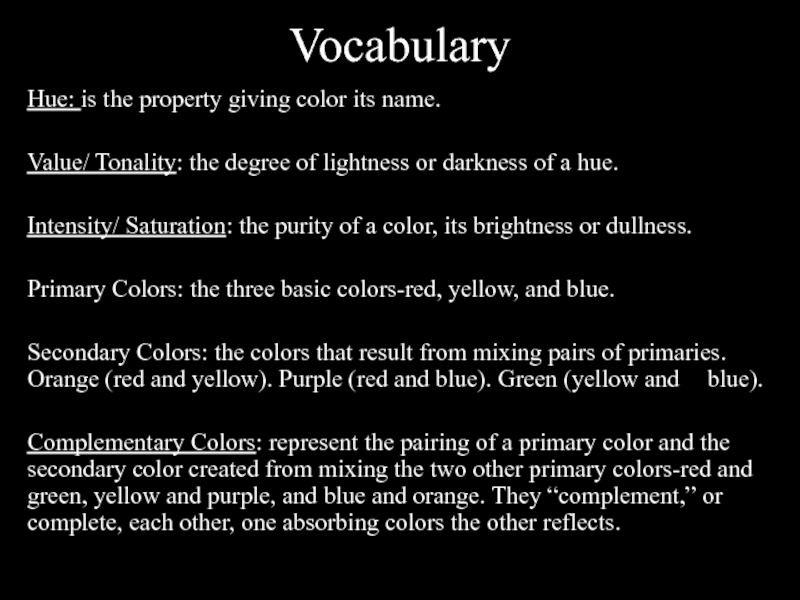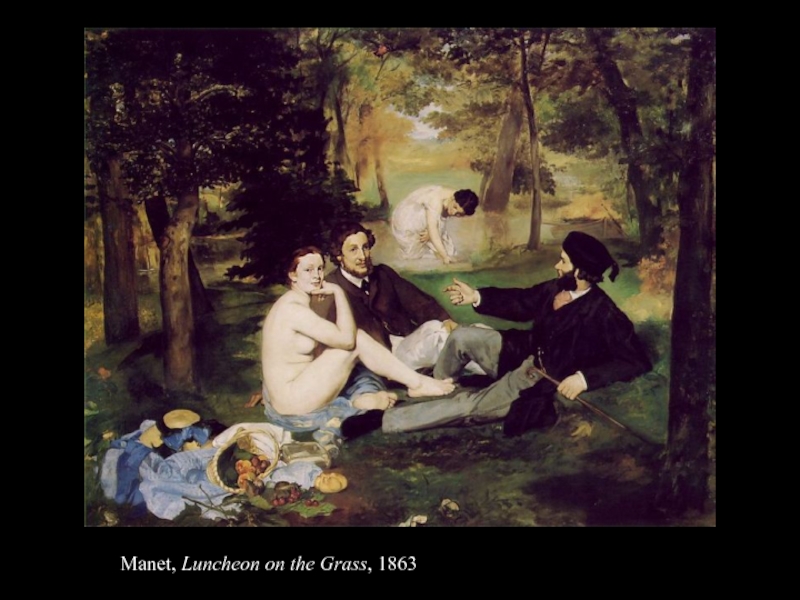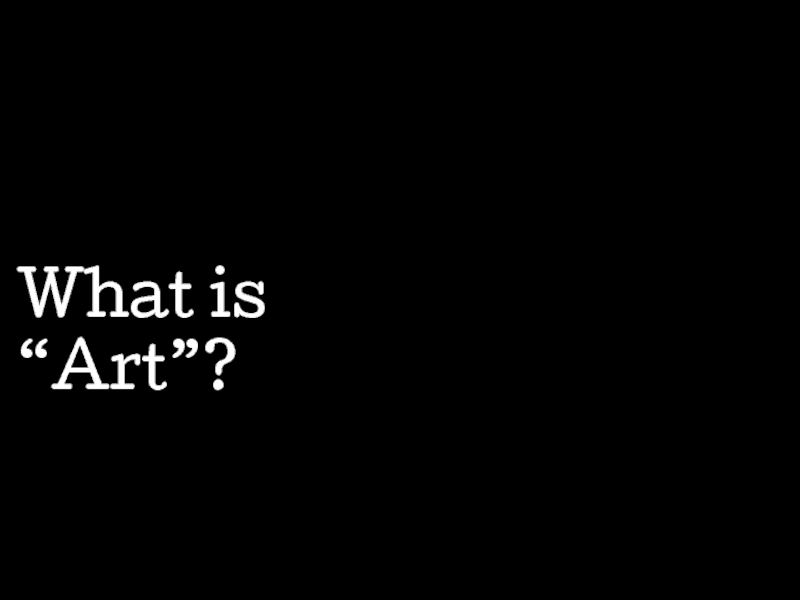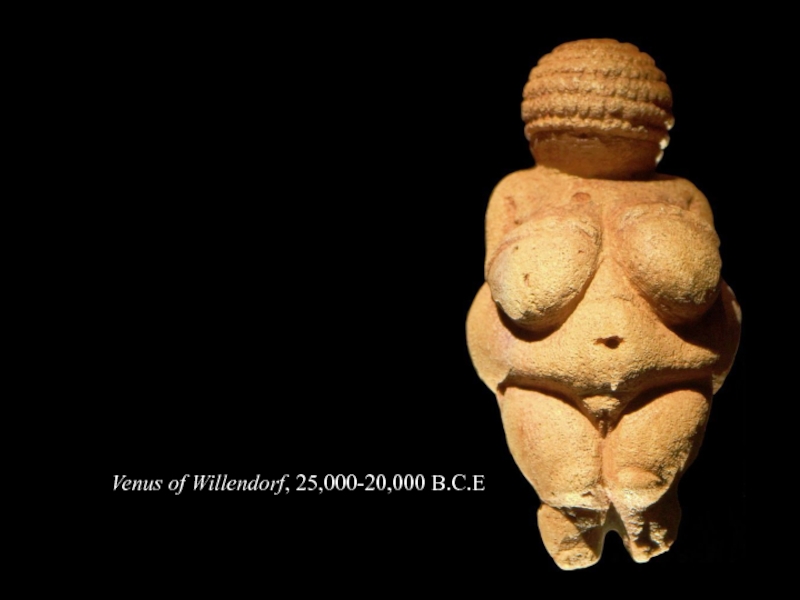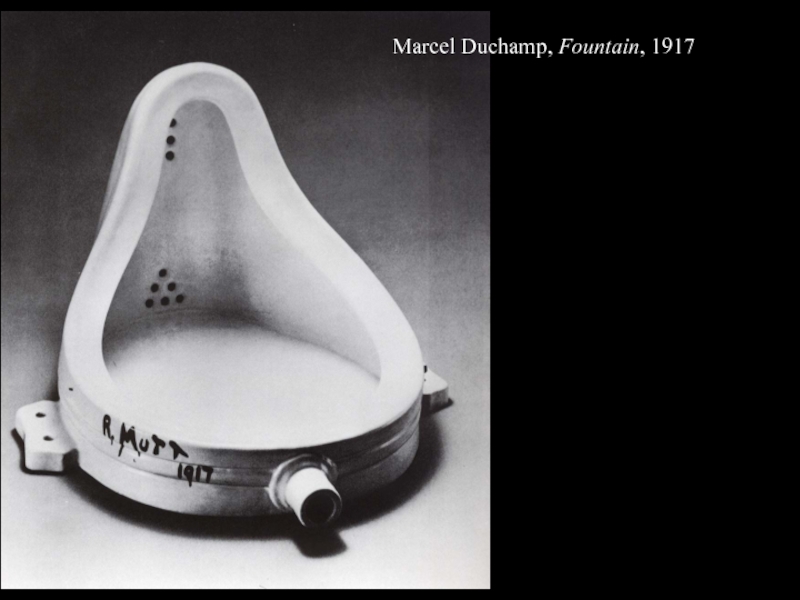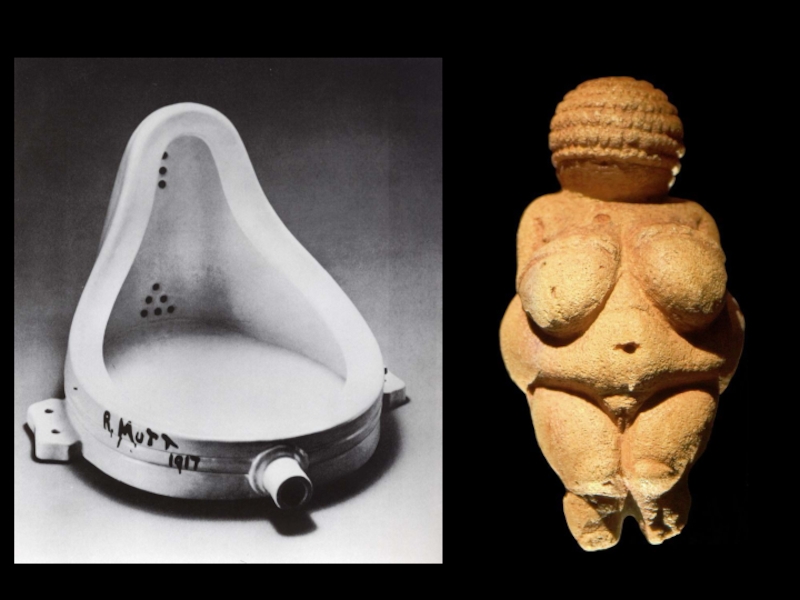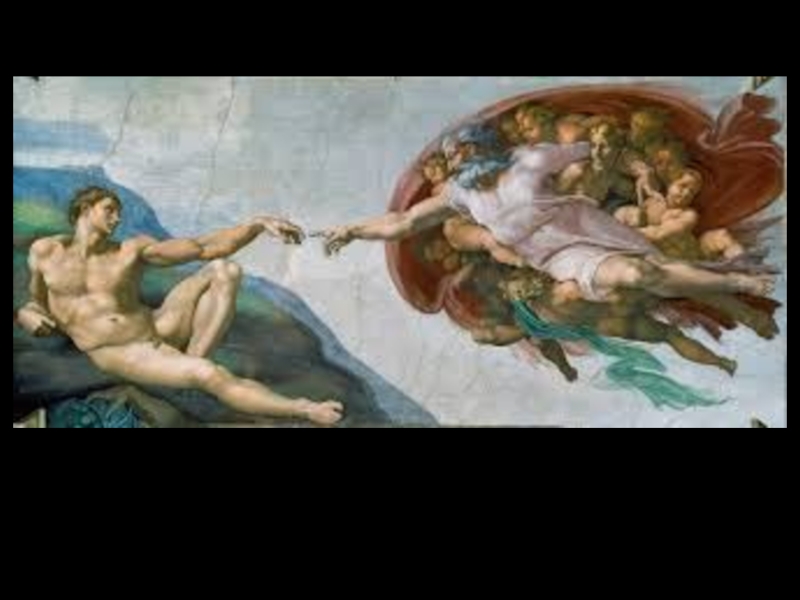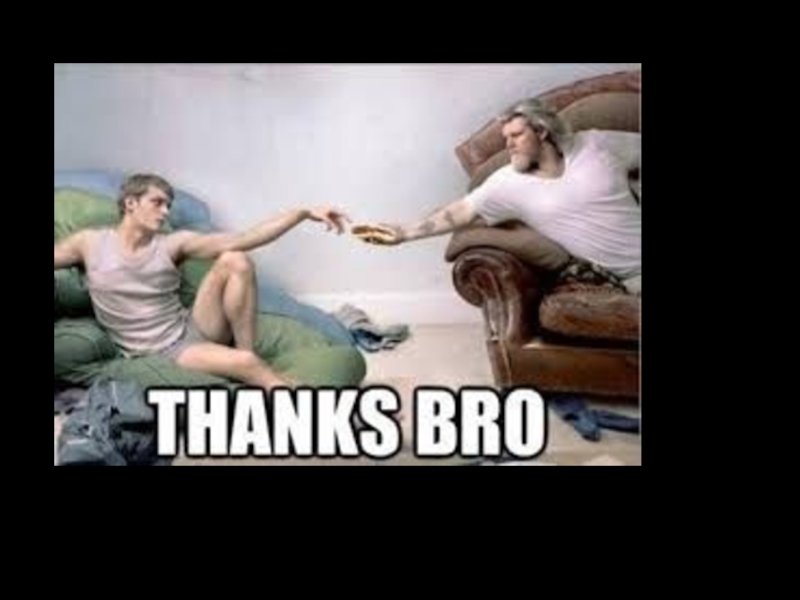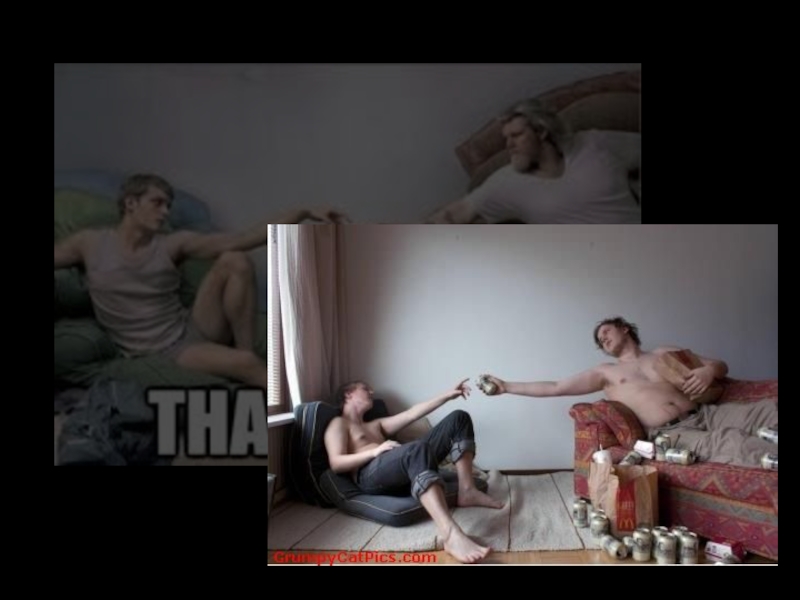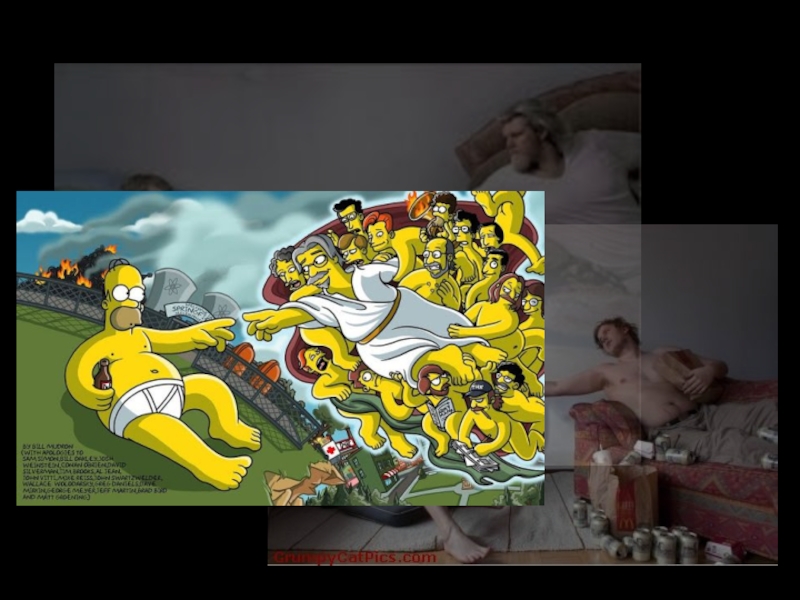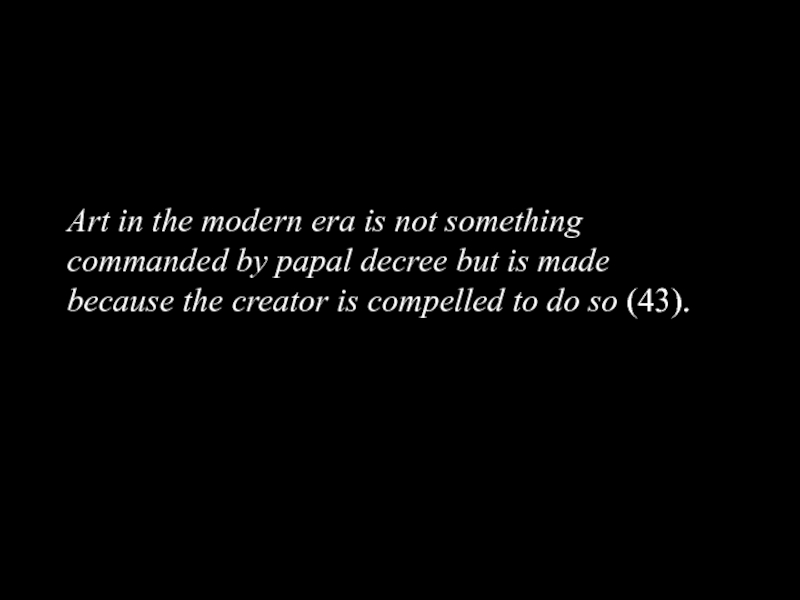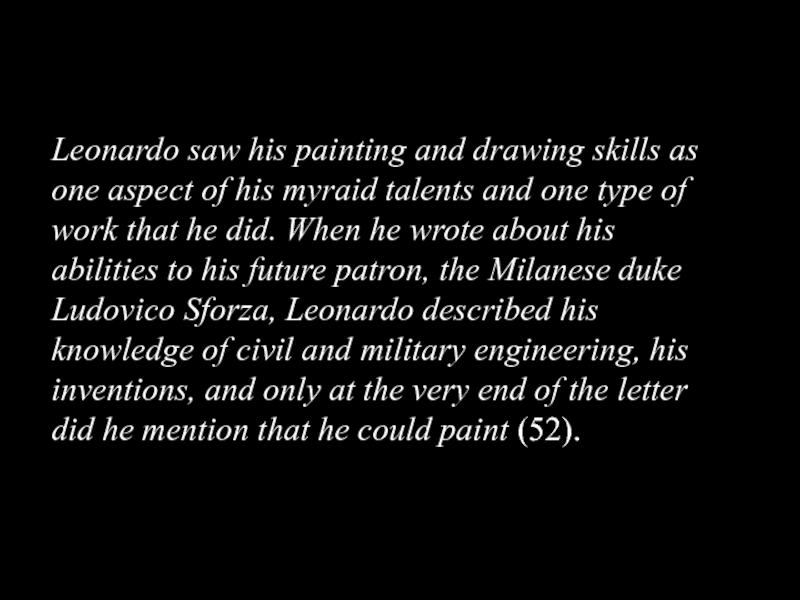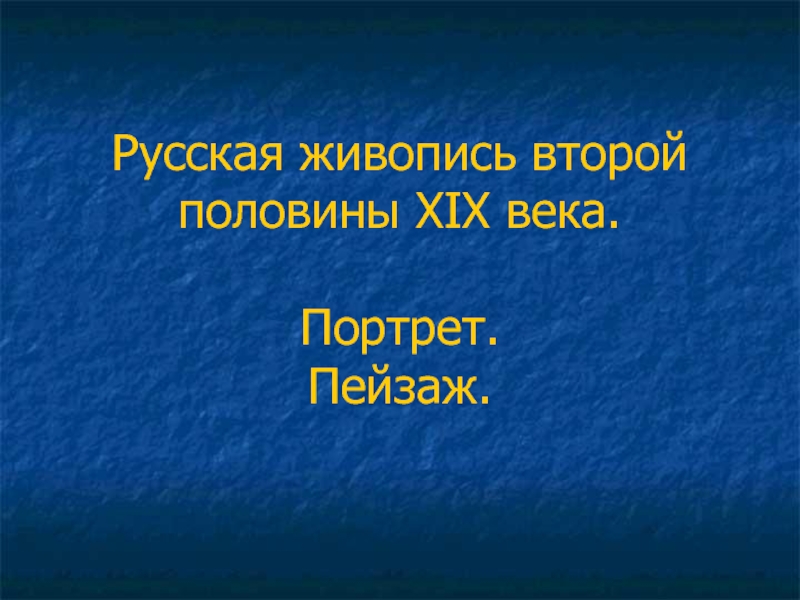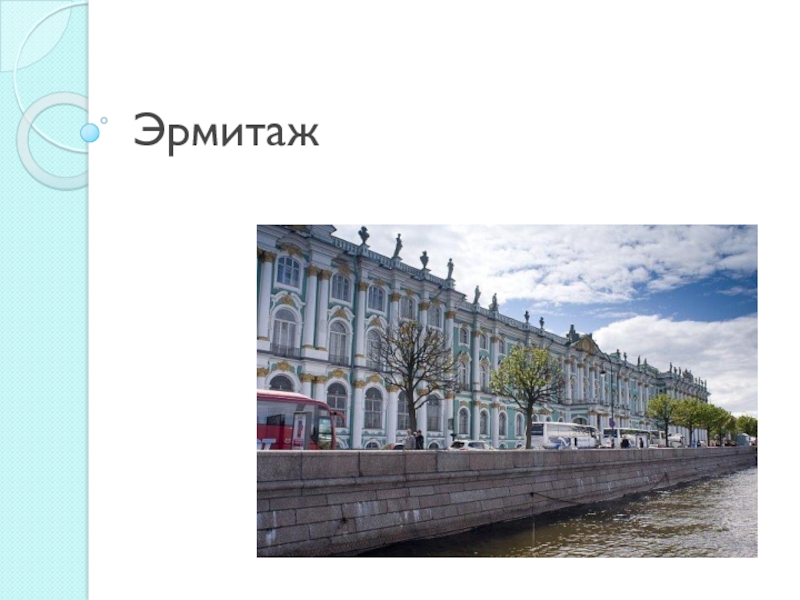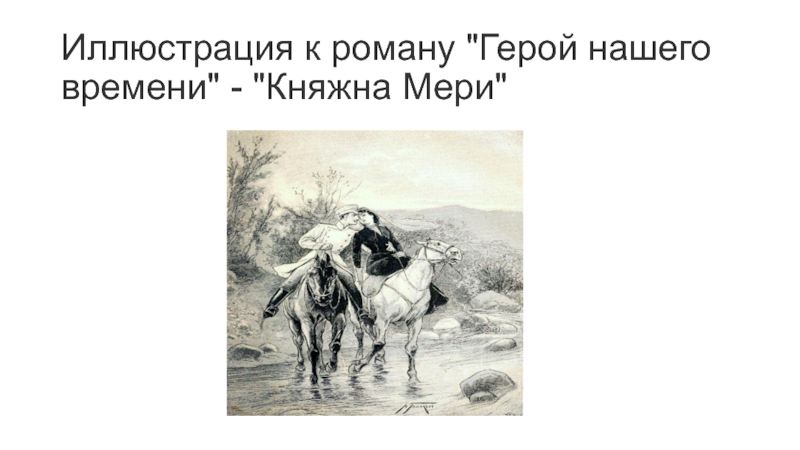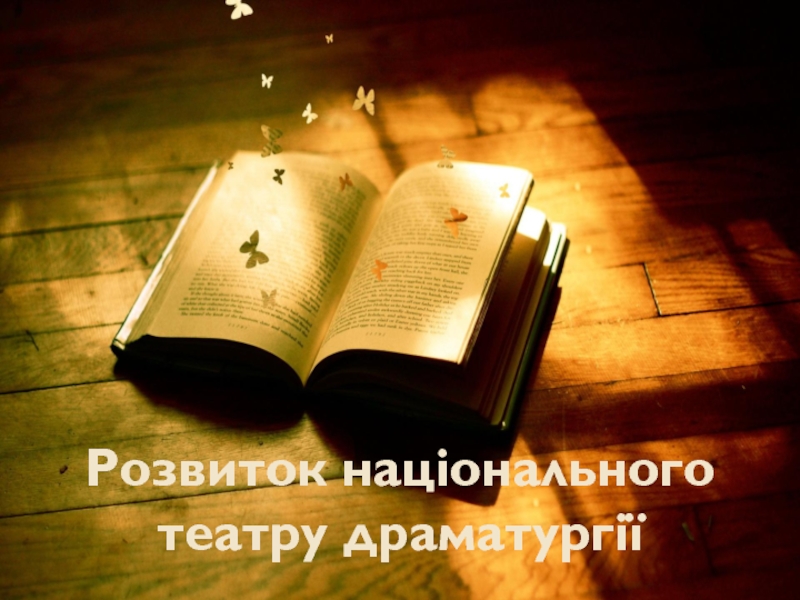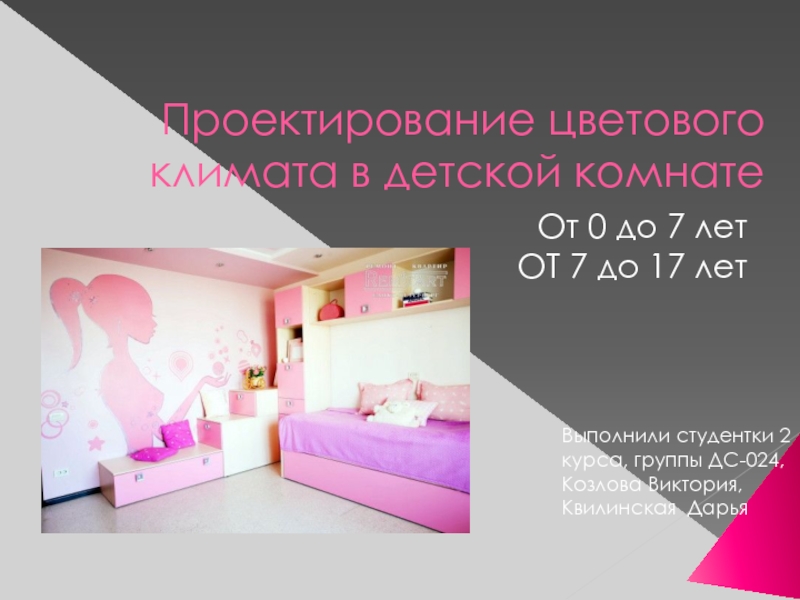- Главная
- Разное
- Дизайн
- Бизнес и предпринимательство
- Аналитика
- Образование
- Развлечения
- Красота и здоровье
- Финансы
- Государство
- Путешествия
- Спорт
- Недвижимость
- Армия
- Графика
- Культурология
- Еда и кулинария
- Лингвистика
- Английский язык
- Астрономия
- Алгебра
- Биология
- География
- Детские презентации
- Информатика
- История
- Литература
- Маркетинг
- Математика
- Медицина
- Менеджмент
- Музыка
- МХК
- Немецкий язык
- ОБЖ
- Обществознание
- Окружающий мир
- Педагогика
- Русский язык
- Технология
- Физика
- Философия
- Химия
- Шаблоны, картинки для презентаций
- Экология
- Экономика
- Юриспруденция
Art Appreciation презентация
Содержание
- 1. Art Appreciation
- 2. Manet, Olympia, 1863
- 3. Vocabulary Form: refers to an object’s shape
- 4. Vocabulary Line: A line can be understood
- 5. Vocabulary Hue: is the property giving color
- 6. Manet, Luncheon on the Grass, 1863
- 7. What is “Art”?
- 8. Venus of Willendorf, 25,000-20,000 B.C.E
- 9. Marcel Duchamp, Fountain, 1917
- 15. Art in the modern era is not
- 16. Leonardo saw his painting and drawing skills
Слайд 3Vocabulary
Form: refers to an object’s shape and structure, either in two
dimensions (for example, a figure painted on a canvas) or in three dimensions (such as a statue carved from a marble block).
Composition: refers to how an artist composes (organizes) forms in an artwork, either by placing shapes on a flat surface or by arranging forms in space.
Medium: type of material the artist uses to create their work.
Technique: the process an artist employs, such as applying paint to canvas with a brush, and the distinctive, personal way they handle materials.
Focal Point: the center of interest or activity.
Composition: refers to how an artist composes (organizes) forms in an artwork, either by placing shapes on a flat surface or by arranging forms in space.
Medium: type of material the artist uses to create their work.
Technique: the process an artist employs, such as applying paint to canvas with a brush, and the distinctive, personal way they handle materials.
Focal Point: the center of interest or activity.
Слайд 4Vocabulary
Line: A line can be understood as the path of a
point moving in space, an invisible line of sight, or a visible drawing.
Contour line: A continuous line defining an object’s outer shape.
Light: Natural light, or sunlight, is whole or additive light. As the sum of all the wavelengths composing the visible spectrum, it may be disassembled or fragmented into the individual colors of the spectral band. The painter’s light in art—the light reflected from pigments and objects—is subtractive light. Paint pigments produce their individual colors by reflecting a segment of the spectrum while absorbing all the rest.
https://www.youtube.com/watch?v=dH1YH0zEAik
Contour line: A continuous line defining an object’s outer shape.
Light: Natural light, or sunlight, is whole or additive light. As the sum of all the wavelengths composing the visible spectrum, it may be disassembled or fragmented into the individual colors of the spectral band. The painter’s light in art—the light reflected from pigments and objects—is subtractive light. Paint pigments produce their individual colors by reflecting a segment of the spectrum while absorbing all the rest.
https://www.youtube.com/watch?v=dH1YH0zEAik
Слайд 5Vocabulary
Hue: is the property giving color its name.
Value/ Tonality: the degree
of lightness or darkness of a hue.
Intensity/ Saturation: the purity of a color, its brightness or dullness.
Primary Colors: the three basic colors-red, yellow, and blue.
Secondary Colors: the colors that result from mixing pairs of primaries. Orange (red and yellow). Purple (red and blue). Green (yellow and blue).
Complementary Colors: represent the pairing of a primary color and the secondary color created from mixing the two other primary colors-red and green, yellow and purple, and blue and orange. They “complement,” or complete, each other, one absorbing colors the other reflects.
Intensity/ Saturation: the purity of a color, its brightness or dullness.
Primary Colors: the three basic colors-red, yellow, and blue.
Secondary Colors: the colors that result from mixing pairs of primaries. Orange (red and yellow). Purple (red and blue). Green (yellow and blue).
Complementary Colors: represent the pairing of a primary color and the secondary color created from mixing the two other primary colors-red and green, yellow and purple, and blue and orange. They “complement,” or complete, each other, one absorbing colors the other reflects.
Слайд 15Art in the modern era is not something commanded by papal
decree but is made because the creator is compelled to do so (43).
Слайд 16Leonardo saw his painting and drawing skills as one aspect of
his myraid talents and one type of work that he did. When he wrote about his abilities to his future patron, the Milanese duke Ludovico Sforza, Leonardo described his knowledge of civil and military engineering, his inventions, and only at the very end of the letter did he mention that he could paint (52).
